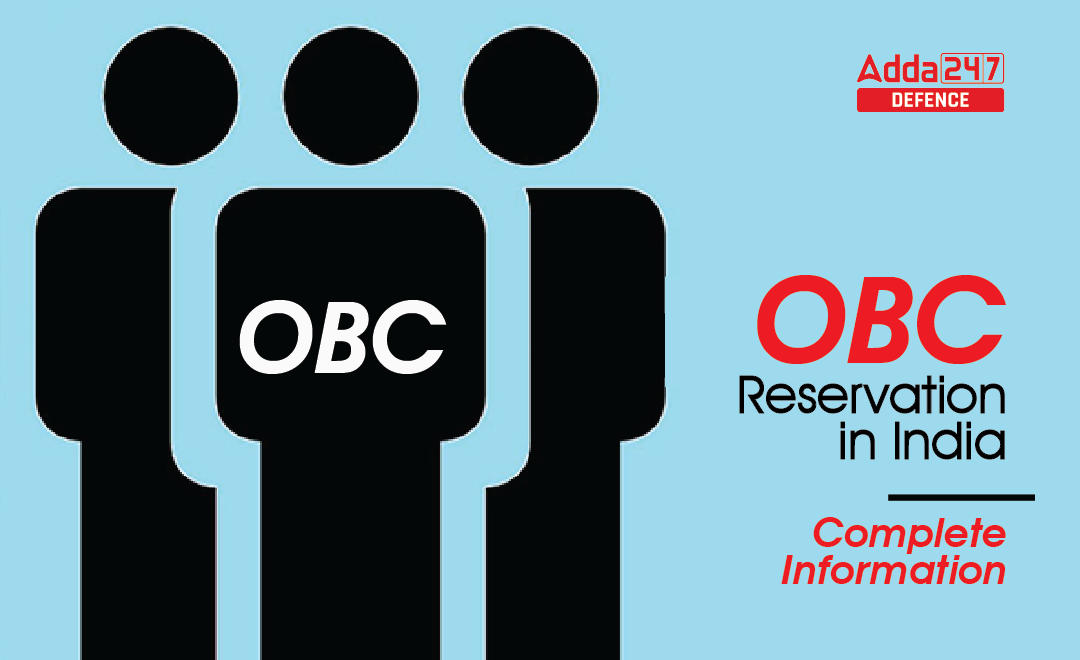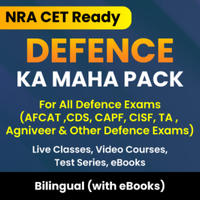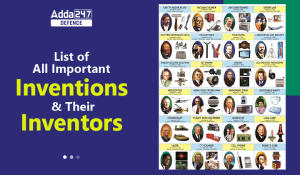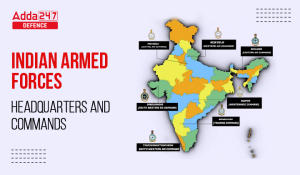OBC Reservation
If you are a person belonging to the OBC (Other Backward Classes) category, you should be aware of all the benefits of an OBC reservation and associated facts. In this article, we will try to tell you every important information related to OBC Reservation that an Indian Citizen must know.
OBC Reservation in India
The system of Reservation in India was introduced to uplift the historically disadvantaged sections of Indian society. To practise this, Scheduled Castes (SC), Scheduled Tribes (ST), Other Backward Classes (OBC), and Economically Backwards Classes have been provided with the status of reserved category in legislatures, Government Jobs, Promotions and educational scholarships.
The reservation percentage in higher education institutions is 49.5%. A similar ratio is followed in Parliament. The percentage of reservations varies from state to state and among all, Maharashtra is estimated to have the highest percentage of reservations.
Other Backward Classes (OBC)
Other Backward Classes (OBC) are defined as socially and educationally backward classes in India. OBCs are distinct from Scheduled Classes (SC) or Scheduled Tribes (ST). The Central Government of India maintains a list of castes/communities to be considered as OBC.
Only the candidates who belong to Non-Creamy Layer OBC get the reservation in jobs as well as in educational institutions. The Creamy Layer of OBC is not given the benefit of an OBC reservation.
Benefits of Being Included in the OBC List:
Other Backward Classes (OBC) are provided with many benefits for their upliftment. Both the Central Government and State Governments conduct various programs and schemes. Some benefits include:
- 27% Reservation Quota with respect to the seats in Government Jobs (like IAS, IPS, SSC etc) and Government institutes (like the IIMs, IITs, JNU etc).
- Relaxation is given in terms of upper age limit for various government examinations like the UPSC Civil Services Exam, SSC exam etc.
- Relaxation is given in terms of the number of attempts for exams.
- There is relaxation with respect to cut-off marks (only lower cut-off marks are usually needed to clear exams).
Creamy Layer vs Non-Creamy Layer
- After the recommendations given by the Mandal Commission, the Central Government issued an Office Memorandum to reserve 27% posts in central government services. The order was challenged by Indra Sawhney (Indra Sawhney and Others Vs Government of India) in Supreme Court (1992).
- Supreme Court upheld the decision to reserve 27% reservation for OBC’s in Central Government service. But in the verdict, Honorable Court cleared that the creamy layer of OBC should not be given the reservation.
- Further, a commission chaired by Justice Ram Nandan Prasad was constituted by Central Government to identify the creamy layer among OBCs. Central Government approved its recommendations.
- Based on this, the Central Government issued an order regarding the guidelines and criteria for excluding Creamy Layer among OBC. applying which Creamy Layer among OBCs is now identified.
- The Ministry of Social Justice and Empowerment of Central Government maintains a list of castes or communities which are given OBC status.
You can check the Central List of OBCs on the basis of the respective state from where the person belongs.
It should be noted that the reservations are offered only to candidates belonging to the OBC non-creamy layer.
Who Falls Under Creamy Layer?
Here are some parameters to define who is eligible to fall under the creamy layer –
Earnings Beyond INR 8 lakh
The existing threshold is INR 8 lakh per annum in earnings for those not working in government jobs.
The revenue threshold is supposed to be presented every three years. It was last modified in 2017 (over three years currently).
Status of Parents
The creamy layer is based on the status of your parents. The threshold benchmark for kids of government workers is based on their parents’ status and not earnings.
For the jobs under the Central Government, if the parents of an applicant entered the service as Class I officer before the age of 40 (direct recruitment), the applicant is considered as a creamy layer.
Also, if both the parents of the candidates entered into service as class II officers, before the age of 40 (direct recruitment), and entered into the service before the age of 40, the applicant is considered as a creamy layer.
Who Falls Under Non-Creamy Layer?
Here are some parameters to define who is eligible to fall under the Non-creamy layer –
Earnings Less than INR 8 Lakh
If the family belonging to Other Backward Classes (OBC) has a yearly income of less than INR 8 lakhs per annum, they are known as the non-creamy layer.
As a result, that household will get an OBC Non-Creamy layer recognition, giving them access to all government employment and age exemptions for competitive tests.
Status of Parents
- If the parents of the person are not employed by the government, their income should be within the limits by the government to be treated as Non-Creamy Layer OBC.
- If the parents of the person are not directly recruited Class1 (Group A) or Class2 (GroupB) officers OR they do not occupy any constitutional posts (such as of President, Vice President, Governor etc), he or she will fall under Non-Creamy Layer OBC.



 List of All Important Inventions and The...
List of All Important Inventions and The...
 Headquarters and Commands of Indian Arme...
Headquarters and Commands of Indian Arme...
 IND–INDO CORPAT Exercise 2024
IND–INDO CORPAT Exercise 2024
